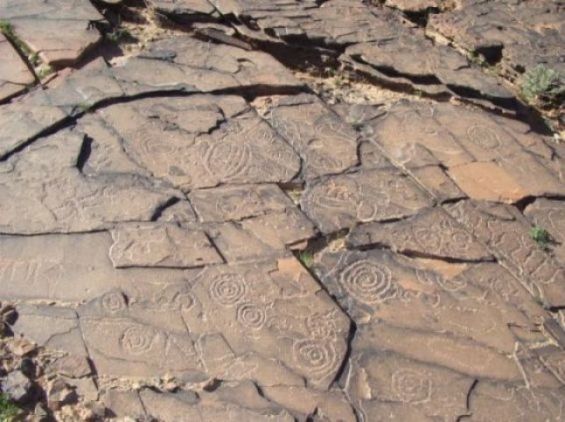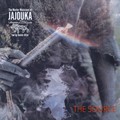Archaeological sites from the Middle Paleolithic in Morocco’s Anti-Atlas are rare and few have been listed so far. During rock art prospecting in 2017 and 2018, researchers discovered «fortuitously» in Imaoun, Levallois lithic material, which refers to a distinctive type of stone knapping developed by precursors to modern humans during the Palaeolithic period.
In their study, published by the Almogaren journal and edited by the Institutum Canarium (IC), researchers Julien Biver, Carmen Hause and Luc Hermann estimated that «the use of local material as well as the 'homogeneity of production indicate that this is an important site’».
«Even if very few pieces have been spotted, this site has a significant potential for specifying human occupations in southwestern Morocco, given the absence of data for this region for the Middle Paleolithic», they recall.
In their study, they describe how «the feija of Imaoun is located about twenty kilometers north / northeast of the Akka oasis in the Moroccan Anti-Atlas and is at the center of a hydrographic network». The region is described as «particularly rich with rock art sites». They recall in this regard that since the first discoveries of Susan Searight, several surveys have increased the number of sites in this area.

In April 2017, during an exploration of rock art in the eastern area of the Imaoun feija, «two Levallois nuclei were discovered on the western slope of a hill constituting a lock located about 700 meters away west of the Imitek-Akka road». A year later, in 2018, a new survey of this area revealed five large fragments of the same technique, at the level of this hill located between 700 and 750 meters above sea level.
A «larger scale» site on «clear evidence of prehistoric occupation»
«This region is characterized by complex geological systems, in particular by the Hercynian (or varsic) orogenesis», details the study which adds that «the substrate of the region dates back to the Paleozoic, more precisely from the Lower Devonian and consists mainly of sandstone and quartzites».
As for the Levallois method, the study shows that the lithic material amounts to seven pieces, «two nuclei as well as five flakes all belonging to Levallois method».
The three researchers recognize that «the context of surface discovery as well as the very limited study of the objects are factors limiting the achievement of significant scientific results». However, «the material, homogeneous in its techniques and by the raw material exploited, suggests a site of a larger scale and is therefore clear evidence of prehistoric occupation», they added.

They thus attract «the attention of the scientific community as to the research potential that this region conceals». «A systematic prospecting campaign in the Imaoun feija could make it possible to specify the discoveries mentioned», they conclude.
It is worth mentioning that the Institutum Canarium is an academic association founded in 1969 which is interested in the cultural history of the Canary Islands and neighboring cultures.





 chargement...
chargement...













